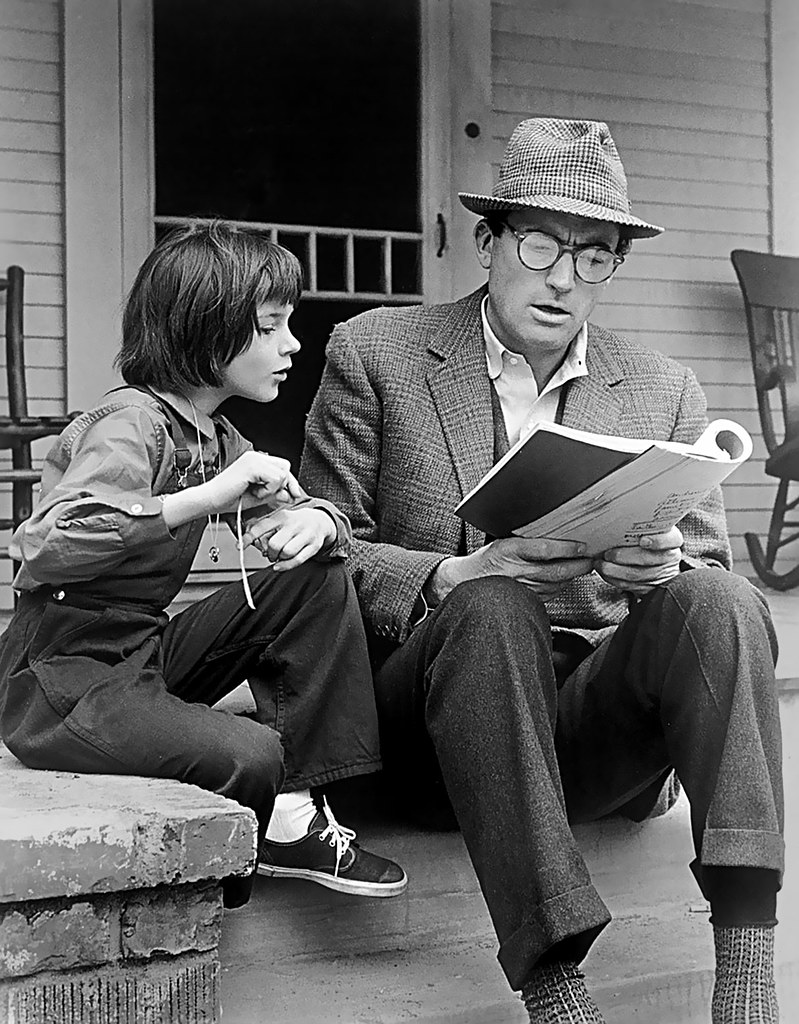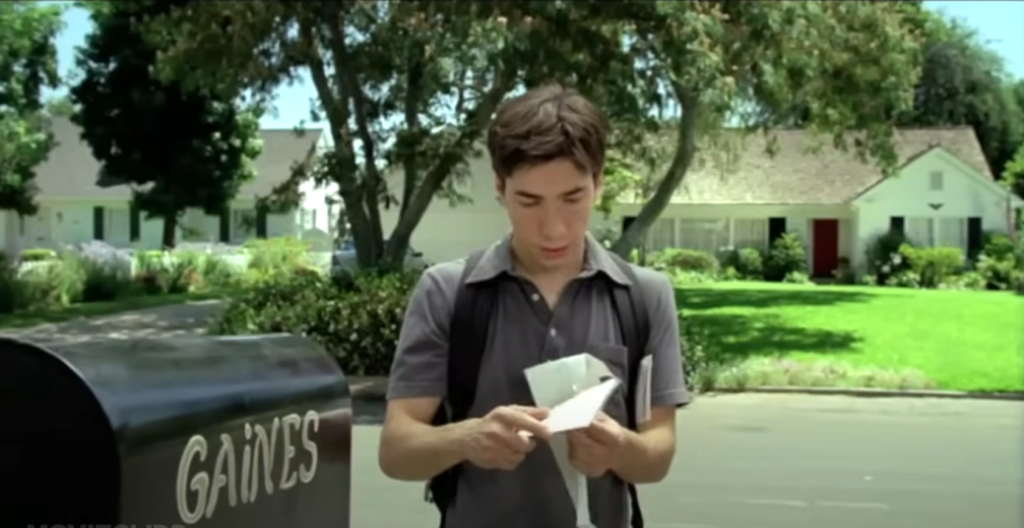The Art and Difficulty of Adaptation
Adapting a literary classic into a film is a delicate balancing act that requires both creativity and reverence for the source material. These stories, often beloved by generations of readers, carry with them a weight of expectation and nostalgia. The allure of bringing a well-known book to the screen lies in the opportunity to reach a wider audience and to visualize the characters and worlds that readers have cherished for years. However, this task is not without its challenges.
Filmmakers must navigate the complex process of transforming words on a page into a visual and auditory experience that honors the original work while standing on its own as a piece of cinema. This often involves difficult decisions about what to include, what to cut, and how to interpret the author’s voice and tone. The journey from page to screen is fraught with potential pitfalls, and even the most well-intentioned adaptations can struggle to capture the magic of the original story. This article explores the various challenges filmmakers face when adapting literary classics, from condensing expansive narratives to capturing the unique style of the author.
Condensing the Narrative: The Challenge of Time
One of the most significant challenges in adapting a literary classic into a film is condensing the often sprawling narrative of a novel into the limited runtime of a movie. Novels allow readers to immerse themselves in the story over hundreds of pages, exploring intricate subplots, character developments, and detailed settings. In contrast, a film typically has just two to three hours to convey the essence of the story, requiring filmmakers to make tough choices about what to include and what to leave out.
Filmmakers must carefully decide which elements of the story are essential to maintaining its core, and which can be sacrificed without losing the narrative’s integrity. This often involves trimming or even eliminating subplots, condensing character arcs, and simplifying complex themes. The goal is to distill the novel down to its most crucial components while still delivering a compelling and coherent story on screen.
Some adaptations have managed this challenge exceptionally well. For example, Peter Jackson’s adaptation of The Lord of the Rings trilogy successfully condensed J.R.R. Tolkien’s expansive novels into three epic films, retaining the essence of the story while making it accessible to a broader audience. On the other hand, some adaptations, like David Lynch’s Dune (1984), struggled under the weight of trying to fit a complex, detailed narrative into a limited timeframe, resulting in a film that many fans felt was incomplete or disjointed.
Capturing the Tone and Style: Honoring the Author’s Voice
Translating an author’s distinctive voice and literary style into a visual medium is another significant challenge in adapting literary classics. A novel’s tone and style are often as integral to its identity as the plot or characters. Whether it’s the lyrical prose of Gabriel Garcia Marquez’s One Hundred Years of Solitude or the sharp wit of Jane Austen’s Pride and Prejudice, the way a story is told can be just as important as the story itself. Capturing this on film requires a deep understanding of the source material and a creative approach to visual storytelling.
Filmmakers often use a combination of visual imagery, dialogue, and auditory elements, such as music and sound design, to convey the tone and style of the original work. For instance, the 1995 adaptation of Sense and Sensibility directed by Ang Lee, successfully captured Austen’s nuanced humor and social commentary through its careful attention to period detail, character interactions, and the pacing of dialogue. The film’s restrained yet expressive visual style complemented Austen’s sharp observations of society and human behavior, making it one of the most beloved adaptations of her work.
Conversely, adaptations that fail to capture the author’s tone and style can feel hollow or disconnected from the spirit of the original book. For example, the 2006 film adaptation of The Da Vinci Code struggled to translate Dan Brown’s fast-paced, conspiracy-laden narrative into a cohesive film, resulting in a movie that critics felt lacked the intensity and urgency of the novel.
Ultimately, successfully capturing the tone and style of a literary classic requires more than just a faithful retelling of the plot. It involves a thoughtful and creative approach to filmmaking that respects the author’s voice while finding new ways to express it visually. This balance between fidelity and innovation is what makes a literary adaptation resonate with both fans of the original book and new audiences.
Characterization: Bringing Literary Figures to Life
One of the most significant challenges in adapting literary classics to the screen is casting and portraying beloved characters who have lived in the imaginations of readers for generations. These characters are often vividly described in the novels, and readers develop strong attachments to their interpretations, forming mental images that can be difficult to match on screen. When filmmakers cast actors to embody these characters, they must consider not only physical resemblance but also the ability to convey the characters’ complexities, emotions, and inner struggles.
The success of an adaptation often hinges on these performances. A well-cast actor who delivers a nuanced portrayal can elevate the film, making the characters come alive in a way that resonates with both fans of the book and new audiences. For instance, the casting of Daniel Day-Lewis as Daniel Plainview in There Will Be Blood, an adaptation of Upton Sinclair’s Oil!, was widely praised for how it captured the character’s intense, conflicted nature, contributing significantly to the film’s success.
However, miscasting or poor characterization can lead to a disconnect between the film and its audience. An example of this is the 2002 adaptation of The Count of Monte Cristo. While the film had many strengths, some critics and fans felt that Jim Caviezel’s portrayal of Edmond Dantès lacked the depth and emotional range necessary to fully capture the character’s journey from innocent victim to vengeful mastermind. This disparity between the character in the novel and on screen can detract from the overall impact of the adaptation.
Ultimately, the portrayal of literary figures on screen requires a delicate balance of faithfulness to the source material and the actor’s ability to bring their unique interpretation to the role. When done well, it can be one of the most rewarding aspects of a literary adaptation.
Balancing Fidelity and Creativity: Straying from the Source Material
Adapting a literary classic for the screen often involves walking a fine line between staying true to the source material and making creative changes that serve the medium of film. This tension is a central challenge for filmmakers, who must decide how much of the original story can be altered or condensed while still retaining its essence. Straying too far from the book risks alienating fans, while a too-literal adaptation might fail to capture the cinematic potential of the story.
Some adaptations take significant liberties with the plot, setting, or characters to create a new experience for viewers. For example, Baz Luhrmann’s Romeo + Juliet (1996) set Shakespeare’s classic play in a modern, stylized world, complete with contemporary costumes and weapons, yet retained the original dialogue. This bold reinterpretation divided audiences—some praised it for its creativity and energy, while others felt it detracted from the play’s traditional elements. Nevertheless, it showcased how a classic can be reimagined for a new generation while still honoring the spirit of the original work.
On the other hand, some adaptations strive to remain as faithful as possible to the source material. Peter Jackson’s The Lord of the Rings trilogy is an example of a largely faithful adaptation that succeeded both critically and commercially. While the films did condense and alter some aspects of J.R.R. Tolkien’s epic novels—such as the exclusion of Tom Bombadil and the reduction of certain subplots—the changes were generally well-received because they served to streamline the story for a cinematic audience without sacrificing its core themes and characters.
However, not all faithful adaptations are met with universal acclaim. For instance, the 2012 film adaptation of Les Misérables closely followed the structure and content of the musical and Victor Hugo’s novel, yet some viewers felt that the film’s commitment to its source material led to a narrative that was overly dense and occasionally difficult to follow. This highlights the challenge filmmakers face in balancing fidelity to the original with the need to craft a compelling and accessible film.
Ultimately, the decision to stay true to the source material or take creative liberties depends on the filmmaker’s vision and the story they wish to tell. Both approaches can lead to successful adaptations, but they require careful consideration of what makes the original work resonate with its audience and how that can be translated into a different medium.
Modernizing Classics: Adapting for Contemporary Audiences
Adapting literary classics for contemporary audiences is a challenge that requires a careful balance between preserving the essence of the original work and making it relevant to today’s viewers. Filmmakers must decide whether to maintain the original setting or update the story to reflect modern sensibilities. Each approach has its merits, but both come with potential pitfalls.
Maintaining the original setting allows the film to stay true to the historical and cultural context in which the story was written. This can be particularly important for works where the setting is integral to the narrative, such as Pride and Prejudice or To Kill a Mockingbird. For instance, Joe Wright’s 2005 adaptation of Pride and Prejudice remained faithful to the Regency-era setting, using it to enhance the social commentary and romantic tension that define the novel. The film was praised for its visual beauty and for capturing the spirit of Jane Austen’s world.
On the other hand, updating the story for a contemporary context can make it more accessible and relatable to modern audiences. Baz Luhrmann’s Romeo + Juliet (1996) is a prime example of this approach, setting Shakespeare’s tragic romance in a modern, urban environment while retaining the original dialogue. This bold reinterpretation resonated with younger audiences and demonstrated that the themes of love and conflict in Shakespeare’s work are timeless. However, not all modernized adaptations are successful. The 2018 film The Seagull, an adaptation of Anton Chekhov’s play, attempted to bring the story into a more contemporary light but was criticized for failing to capture the emotional depth and subtlety of the original, losing much of what made the play resonate with its audience.
In both cases, the key to modernizing a classic lies in understanding what made the original work resonate and finding ways to translate those elements into a new context. When done well, a modern adaptation can breathe new life into a classic story, making it relevant for a new generation while honoring the original work.
The Expectations Game: Meeting Audience Demands
Meeting the expectations of fans of the original book is one of the most challenging aspects of adapting a literary classic into a film. Fans often have strong attachments to the characters, plot, and themes of the book, and they come to the adaptation with high expectations for how these elements will be translated to the screen. Filmmakers must navigate the delicate balance between satisfying these existing fans and attracting new audiences who may not be familiar with the source material.
One strategy filmmakers use is to stay as faithful as possible to the original book, ensuring that key plot points, character traits, and thematic elements are preserved. However, this approach can be limiting, as it may not allow the filmmakers to fully explore the potential of the medium or make necessary adjustments for pacing and visual storytelling. On the other hand, taking creative liberties with the source material can make the film more dynamic and engaging for a broader audience but risks alienating the book’s fans.
An example of this tension is Peter Jackson’s The Hobbit trilogy, which expanded J.R.R. Tolkien’s relatively short novel into three epic films. While the movies were visually stunning and introduced new elements to appeal to a wider audience, they faced criticism for straying too far from the source material, particularly in the addition of new characters and subplots that were not present in the original book. This led to mixed reactions from fans and critics alike, illustrating the difficulty of balancing fidelity to the original with the demands of cinematic storytelling.
Ultimately, the success of an adaptation often hinges on the filmmakers’ ability to honor the spirit of the original work while creating a film that stands on its own. By understanding the expectations of the audience and finding creative ways to meet them, filmmakers can navigate the complex terrain of literary adaptations and create films that resonate with both fans and newcomers.
The Delicate Art of Adaptation
Adapting literary classics into films is a delicate and complex process that requires a deep understanding of the source material and a clear vision for how to bring it to life on screen. Filmmakers must navigate a range of challenges, from condensing expansive narratives to capturing the tone and style of the original work, all while meeting the expectations of fans and appealing to new audiences.
The most successful adaptations are those that respect the essence of the original story while finding creative ways to translate it into a visual medium. Whether by staying faithful to the source material or taking bold creative liberties, these films honor the legacy of the literary classics they are based on while offering something new and compelling for viewers.
In the end, the art of adaptation lies in striking the right balance between fidelity and innovation, creating a film that not only pays homage to the original work but also stands as a powerful and engaging piece of cinema in its own right.



